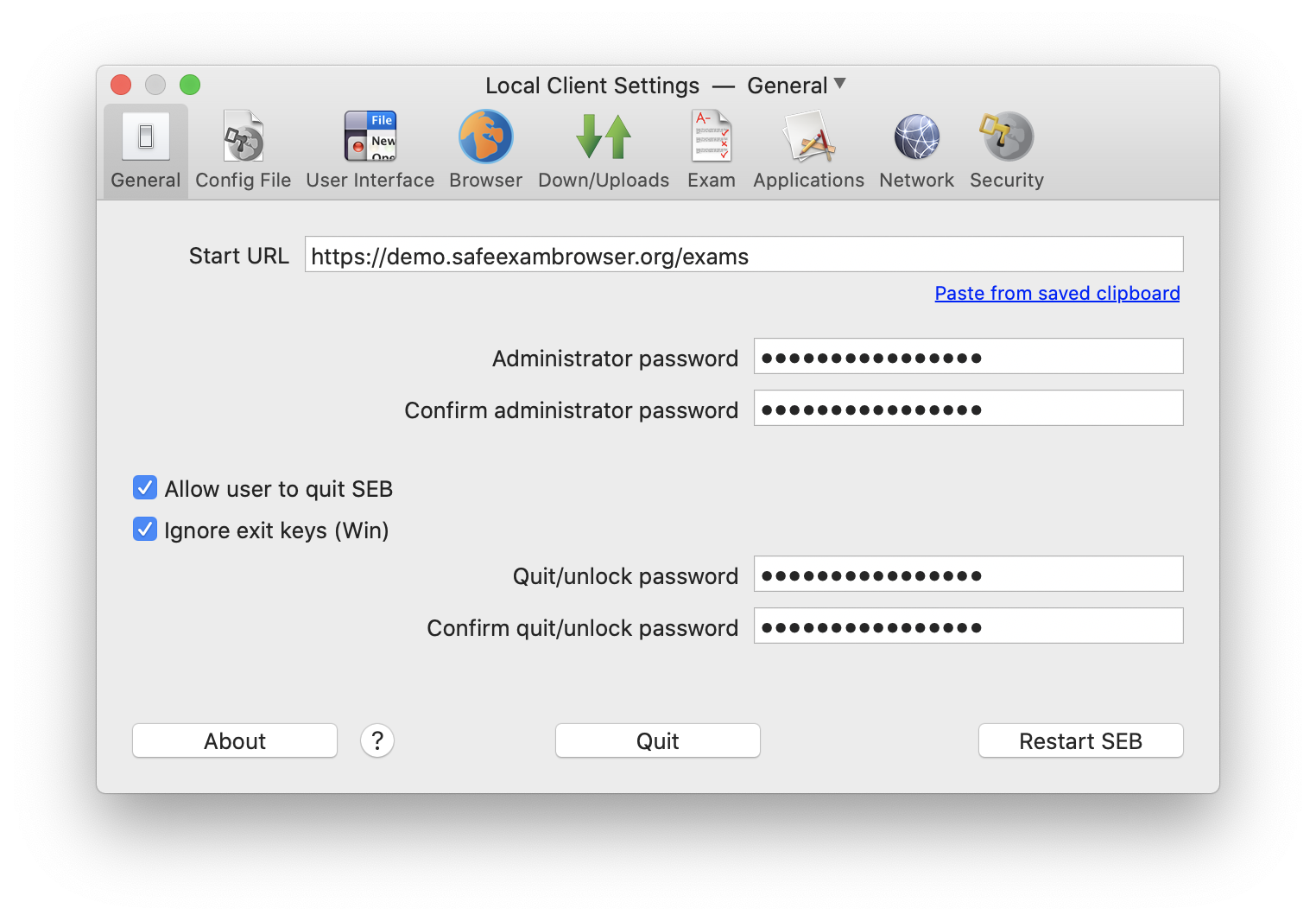
amdgpu 0000:07:00.0: GPU fault detected: 146 0x0d726014 for process chromium-freewo pid 128207 thread chromium-f:cs64 amdgpu 0000:07:00.0: GPU fault detected: 146 0x0d721014 for process chromium-freewo pid 128207 thread chromium-f:cs64 The kernels ring buffer had a very mysterious message from AMD. It's always interesting to see what the Linux Kernel's ring buffer, which can be viewed by executing the dmesg command, has to say when graphical glitches, errors and other problems occur on a GNU/Linux machine.ĭmesg had this very informative message explaining what was happening under the hood: Kernel Ring Buffer Story Regarding Chromium's Vulkan Rendering Vulkan works fine until you either resize the window or move between screens most of the time. Killing and restarting the browser a few times did make it start and render normally. Re-starting the browser and going to chrome://flags to disable Vulkan rendering did no longer provide a very user-friendly or intuitive interface for doing so: The slight rendering glitch did not improve as a short amount of time passed: Moving the window between monitors (after re-starting it) caused the same kind of problem.

However, re-sizing that window resulted in a. The Linux Kernel's website loaded and looked perfectly normal. The special chrome://gpu page will tell you if the fancy new Vulkan renderer is enabled or not.Īt first blush the shiny new Vulkan renderer appeared to work just fine on a desktop machine with a Ryzen CPU and a AMD GPU. That's clearly something worthy of a quick spin. This time there was something new on that page, something interesting: "Vulkan - Use vulkan as the graphics backend". It's always interesting to see how the stock settings compare to tuned settings. I'll typically take a brief look at chrome://flags where experimental flags which can impact performance one way or the other can be altered before I run benchmarks on Chromium and Chromium-based browsers. The latest Chromium versions and previous Firefox versions run that benchmark just fine. That did not go so well with Firefox 71 which can't even finish the Unity 2018 WebGL benchmark due to problems with WebAssembly.
IS IT SAFE TO ENABLE WEBGL IN CHROME UPDATE
The first thing which comes to mind when I see a new versions of Chromium and Firefox be installed during a system update is "Let's benchmark it and see how it performs". © CC BYĬhrome://flags has a new experimental option for Vulkan rendering in Chromium 79. Written by 윤채경 (Yoon Chae-kyung) - last edited.

Naturally, the first thing that came to mind was "Well, how does it perform?" so we enabled with the hopes of doing some basic benchmarks. It has a brand new Vulkan rendering mode available which can be enabled in the "Experiments" settings which can be accessed using the special chrome://flags page.
IS IT SAFE TO ENABLE WEBGL IN CHROME SOFTWARE
The latest version of the Google-controlled free software browser Chromium is released and available in the testing repositories of the more up-to-date GNU/Linux distributions.


 0 kommentar(er)
0 kommentar(er)
